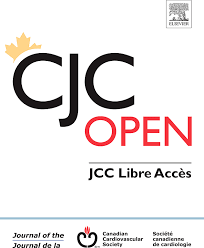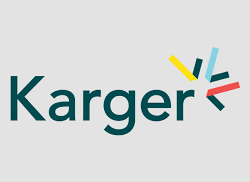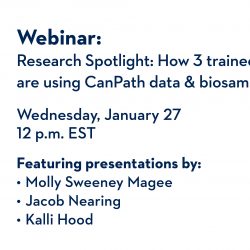Regional Comparisons of Associations Between Physical Activity Levels and Cardiovascular Disease: The Story of Atlantic Canada
Journal: Canadian Journal of Cardiology Authors: Bartosz Orzel, Melanie Keats, Yunsong Cui, Scott Grandy Abstract: Background Physical inactivity is an important risk factor for cardiovascular disease (CVD). Atlantic Canada is a region with lower physical activity (PA) levels and poorer CVD outcomes than the rest of Canada. Yet, within-region variation is expected. This study aimed to assess the association between PA and CVD and how this relationship varied on a regional level. Methods: This cross-sectional study used data from the Atlantic Partnership for Tomorrow’s Health (PATH) Study. The cohort included 823 CVD cases and 2469 age, sex, and province of residence matched controls between the ages 35-69. Data collected included self-reported CVD and PA levels, as well as information on sociodemographic characteristics, health status, and lifestyle behaviours. Simple and multiple logistic regression were used to assess the association between PA and CVD. Results High PA levels were associated with a 26% reduction in the mean probability of CVD compared to low PA levels across the total population. Compared to high PA levels, moderate and low PA levels were associated with increased odds of CVD across all four provinces. However, regional variation was observed, with higher odds of CVD for low-to-moderate PA levels in Newfoundland and Labrador (NL) and New Brunswick (NB) compared to Nova Scotia (NS) and Prince Edward Island (PEI). Conclusions Atlantic Canadians experience regional inequalities in the association between PA and CVD. Future work needs to explore underlying pathways driving these regional differences, which may be the impetus for interventions that mitigate risk and CVD burden in populations of greatest need. https://doi.org/10.1016/j.cjco.2021.01.007







